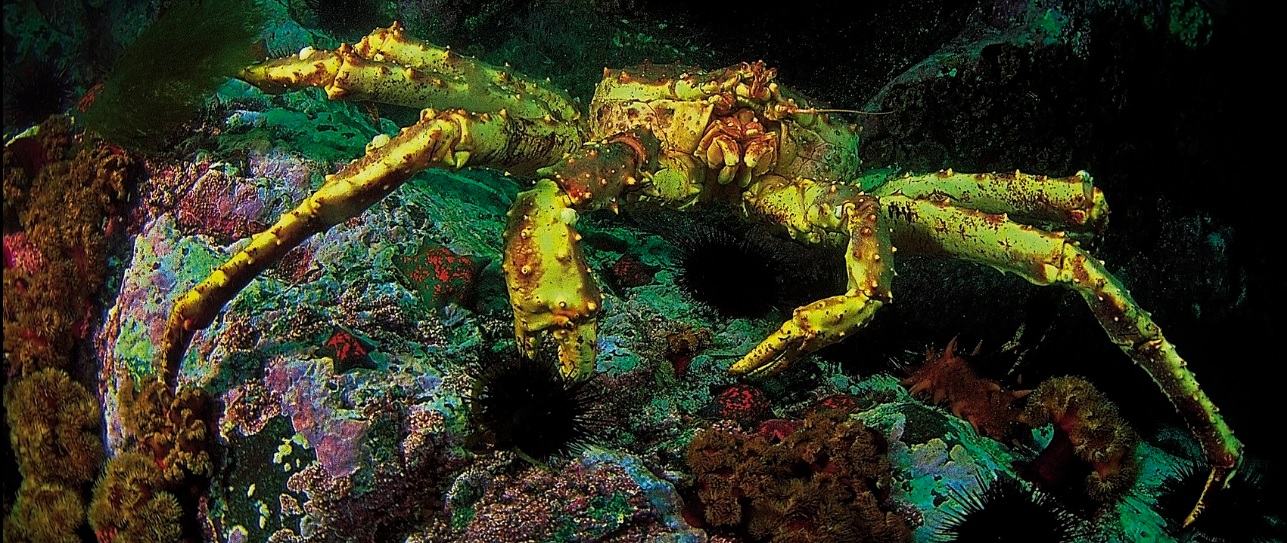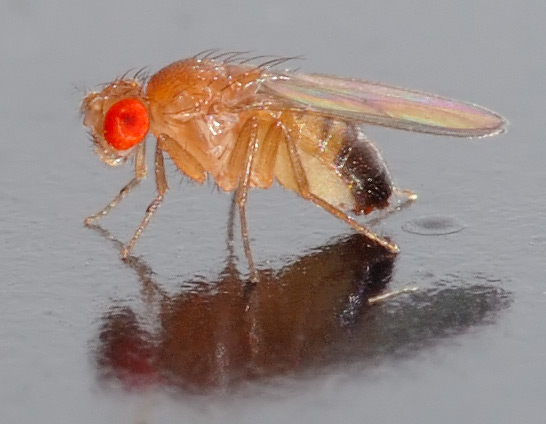| The four nucleotides are commonly
abbreviated A, C, G and U. There |
| are at least 20 types of RNA and the
number of nucleotides varies from |
| under 200 to almost 10,000. RNA, like
the closely related DNA, can be |
| copied and the sequence of
nucleotides can be interpreted as a code. |
| One category of viruses, the
retroviruses, use RNA as their genetic |
|
material - this category includes
HIV-1, HIV-2 (causes of AIDS) and |
| some leukemias. Several other
categories of viruses that use RNA |
| instead of DNA include the viruses
responsible for Ebola, polio, the |
| common
cold, influenza, measles, SARS, rabies, hepatitis C, hepatitis
E, |
| and West Nile fever. |
| In humans and in a great many other
organisms there are multiple types |
| of RNA present, but genetic
information is coded in deoxyribonucleic |
| acid (DNA). DNA is very similar to
RNA: it usually uses thymine (T) |
| instead of uracil and it is typically
much longer - millions of nucleotides. |
| Humans have their DNA arranged in 23
pairs of long strings known as |
|
chromosomes. The number of chromosomes is not much of a guide:
|
|
many canines, including dogs, have 78. The Red king crab
(Paralithodes |
|
camtschatica - also known as the Kamchatka crab; see below)
has 208 |
 |
| while the fruit fly
(Drosophila_melanogaster) has only eight chromosomes |
 |

